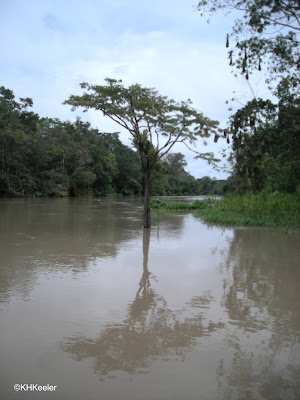 What is that little plant?
What is that little plant?
Across most of the United States you can find it growing on sandy, disturbed sites.
It is Oenothera suffrutescens, formerly Gaura coccinea, scarlet gaura, also known as scarlet bee blossom, butterfly weed, scarlet butterfly weed, gray scarlet gaura, wild honeysuckle, waving butterfly and linda tarde.
Scarlet gaura is native to central North America, from Manitoba south to central Mexico. In addition it has been introduced and has escaped from California to Maine (at least) that so it is pretty much continent-wide in North America. In California it is a noxious weed.




